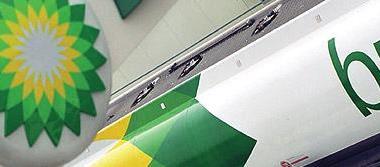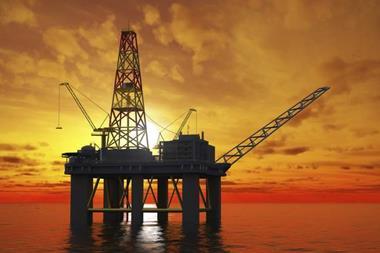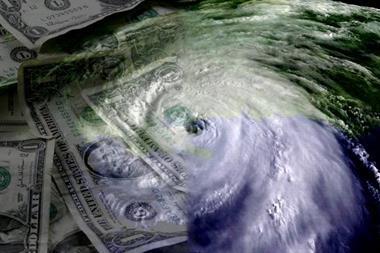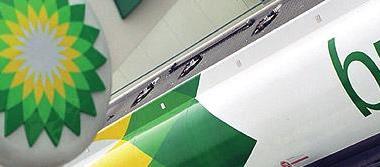Deepwater Horizon insured costs could be £1.2bn
Broker Willis has warned that the Deepwater Horizon and Aban Pearl drilling rig losses have left upstream energy insurers with $795m in claims within the space of a single month, driving up rates.
The Houston-based oil and gas firm Apache Corporation's $150m loss from Hurricane Ike has added to problems. “ Any insurers that have avoided a Deepwater Horizon loss almost certainly have been involved in at least one of the other two incidents,” Willis said.
The Willis report said the Aban Pearl rig off the coast of Venezuela was insured for $235m while the Deepwater Horizon rig in the Gulf of Mexico was valued at $560m. Another $140m may have to be reserved to remove the Deepwater Horizon wreck from the seabed.
Self-insurance bears brunt
Even though a large portion of the Deepwater Horizon loss, which could amount to $20bn to $30bn, is understood to be self-insured, the broker estimates that total claims to the market from the disaster, including control of well, re-drilling, third-party liability and seepage and pollution costs, could still be well in excess of $1.2bn.
Alistair Rivers, CEO of Willis Energy, said: “The tragedy of the Deepwater Horizon loss – potentially the largest in the history of the upstream market – has come as major shock that has fundamentally altered the existing market environment.”
Willis says most upstream insurers will have written approximately 75% of their income for the year by early July. There is likely to be less pressure to compete for market share, but no withdrawal of capacity. Over-supply may dampen the level of market increases.
Market hardened
As a result of the Gulf of Mexico oil spill, the market has hardened for Offshore Property risks. Marine Liability risks, such as offshore seepage, pollution and contamination insurance, are likely t be written differently in future. Reinsurance will harden.
The impact of any future US legislation on control of well and liability policy limits will likely force US companies to carry much higher levels of insurance. Other governments may follow.
Any major losses during the 2010 Gulf of Mexico hurricane season could prompt a significant withdrawal of insurers from the market.
Tougher underwriting stances may appear later in the year in anticipation of increased reinsurance costs and increased retentions, as well as Solvency II capital requirements.
Websites
Hosted by comedian and actor Tom Allen, 34 Gold, 23 Silver and 22 Bronze awards were handed out across an amazing 34 categories recognising brilliance and innovation right across the breadth of UK general insurance.











































